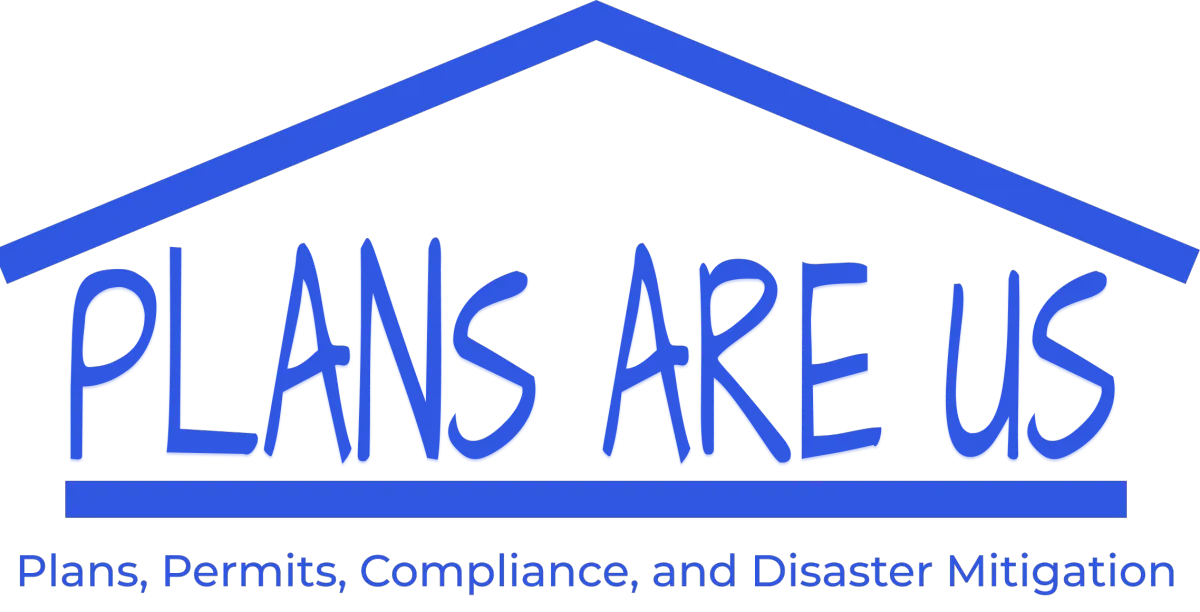
House that has Unpermitted Square Footage
I am buying a house that has unpermitted square footage. What does that mean?
It means that a previous owner made additions or expansions to increase the living space without obtaining the necessary permits and approvals from the local building department or municipality.
Here are the critical implications:
Code Violations: Unpermitted work is considered a code violation, as it circumvents the required inspections and approvals to ensure the construction meets building codes, safety standards, and zoning regulations.
Appraisal Issues: Appraisers typically will not include unpermitted square footage in their home's total livable area calculations. This can cause the appraised value to come in lower than expected, potentially impacting your ability to get a mortgage for the total purchase price.
Mortgage Difficulties: Some lenders may be hesitant or unwilling to provide financing for a home with known unpermitted additions, as it raises concerns about the quality and legality of the construction work.
Insurance Complications: Insurance companies may refuse coverage or deny claims related to the unpermitted areas, as they are considered code violations.
Resale Challenges: Unpermitted square footage can make it more challenging to sell the property in the future, as buyers and lenders will have the same concerns about code compliance and potential issues.
Retroactive Permitting: You may need to obtain retroactive permits and have the unpermitted work inspected and potentially modified to bring it up to current code requirements, which can be costly and time-consuming.
Potential Removal: In extreme cases, if the unpermitted work cannot be brought into compliance, the local authorities may require removing or demolishing the unpermitted additions, which can be a significant expense.
It's crucial to thoroughly inspect and consult with local authorities to understand the specific issues and requirements for addressing the unpermitted square footage before proceeding with the purchase. This will help you make an informed decision and budget any necessary remediation or permitting costs.
What are the consequences of buying a house that has unpermitted square footage?
Difficulty Obtaining Financing/Mortgage: Lenders may be hesitant or unwilling to provide financing for a home with known unpermitted additions, as it raises concerns about the construction work's quality, safety, and legality. This could make securing a mortgage for the total purchase price challenging.
Lower Appraisal Value : Appraisers typically do not include unpermitted square footage in their calculations of the home's total livable area. This can cause the appraised value to be lower than expected, potentially impacting the ability to get a mortgage or the sale price.
Insurance Issues: Some insurance companies may refuse coverage or deny claims related to the unpermitted areas, as they are considered code violations and potential safety hazards.
Resale Challenges : Unpermitted square footage can make it more challenging to sell the property in the future, as prospective buyers and lenders will have the same concerns about code compliance, safety, and potential issues.
Potential Demolition or Removal: In extreme cases, if the unpermitted work cannot be brought into compliance with building codes, the local authorities may require the demolition or removal of the unpermitted additions, which can be a significant expense.
Fines and Penalties: Local authorities can impose escalating fines and monetary penalties for each day the unpermitted work remains uncorrected after a specified deadline.
Legal Action: The city or municipality can initiate legal proceedings against the homeowner, such as filing a criminal complaint or seeking a court order to force compliance with code violations related to the unpermitted work.
We strongly advise carefully considering unpermitted square footage's risks and potential costs before purchasing a home with such issues. It is recommended that you consult with local authorities, real estate professionals, and contractors to understand the specific requirements and potential remediation costs.
How do I resolve it when buying a house with unpermitted square footage?
Investigate the Unpermitted Work - Thoroughly inspect the unpermitted additions or conversions to assess their condition, safety, and compliance with building codes. Consider hiring a licensed contractor or inspector to evaluate the work.
Determine the Feasibility of Obtaining Permits - Contact the local building department to understand the process and requirements for obtaining retroactive permits for the unpermitted work. This may involve submitting plans, paying fees, and inspecting the job to ensure it meets current codes.
Assess the Potential Costs - Estimate the costs of obtaining permits, making necessary corrections or modifications to bring the work up to code, and any potential fines or penalties. Factor these costs into your overall budget for the home purchase.
Negotiate with the Seller - If the unpermitted work is significant, consider negotiating with the seller to have them obtain permits and make necessary repairs before the sale, or adjust the purchase price to reflect the costs you will incur.
Understand the Risks - Be aware of the potential risks, such as difficulty obtaining financing, lower appraisal values, insurance coverage issues, and future resale challenges due to the unpermitted work.
Consult with Professionals - Seek advice from real estate professionals, such as your agent, attorney, and lender, to understand your local area's specific risks and requirements and your particular loan program.
Make an Informed Decision - Weigh the risks, costs, and potential benefits of purchasing the home with unpermitted square footage against your overall goals and budget. Decide whether you are comfortable taking on the responsibility of resolving the issue.


